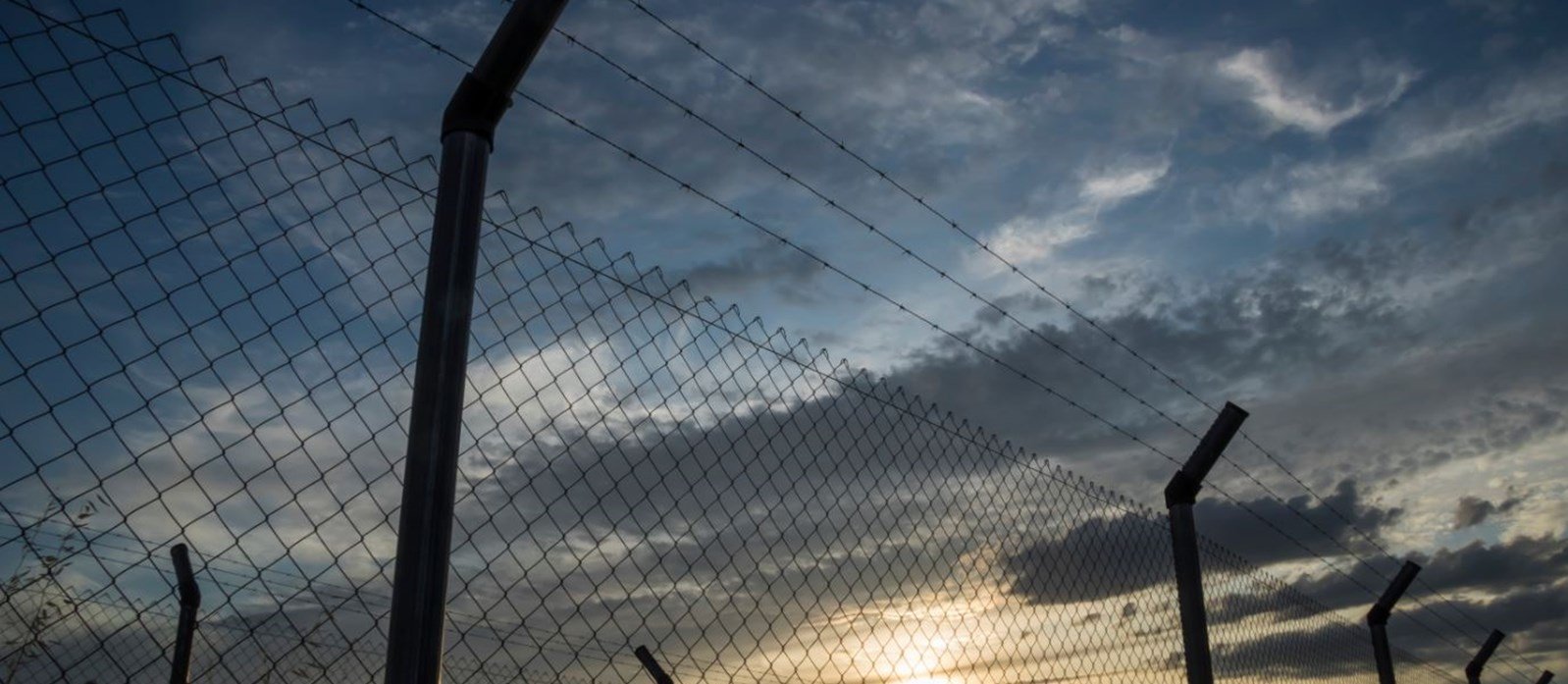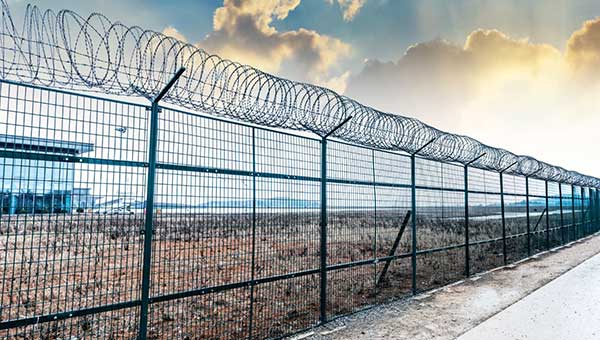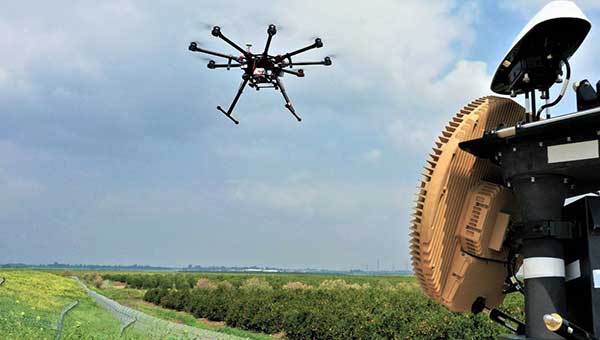
When in unfamiliar territory, it’s necessary to know the terrain and surrounding area. Protecting your perimeter so you’re not caught unaware is paramount to everyone’s safety. Warfighters achieve this by using a perimeter surveillance radar to give them comprehensive information from land surveillance.
In the following article, we will discuss how this type of surveillance works, and any threats it can encounter.
What is 3D Perimeter Surveillance Radar?
3D perimeter surveillance radar allows warfighters to secure borders, coastlines, and other critical areas and infrastructures. These systems provide early warnings that potential threats have entered a secured area. This gives the military personnel the time to properly assess and prepare for an incoming threat.
Perimeter surveillance must also be flexible to support up to 360-degree angular coverage.
How Does 3D Perimeter Surveillance Radar Work?
3D perimeter surveillance radars are autonomous and require no operator. They alert warfighters to incoming threats by identifying people, vehicles, and other moving objects as they cross a pre-set barrier surrounding a building, country, or other secured areas, like a military base.
New technologies allow these systems not only to show blips on the radars, but to show three-dimensional information about the threats that are present, such as their range, altitude, and velocity.
When a suspected Chinese balloon was spotted over the United States, the US military used, among other tactics, perimeter surveillance radar to gather as much information as possible to see if this was a threat to the country. Radars were also used to gather information on the objects found in the airspace over Alaska and Canada according to a press briefing by National Security Council Coordinator for Strategic Communications, John Kirby.
Threats to 3D Perimeter Surveillance

Trees and greenery can be especially tricky because they allow threats to hide as they approach but produce enough clutter to confuse radars. Depending on the sophistication of the system, 3D perimeter surveillance radar systems may only be able to give partial information about a threat. For example, it may not be able to determine the number of people or the exact size of the threat in question.
This threat is especially a risk in instances where radar is being used to monitor drones and for the surveillance of other UAVs (unmanned aerial vehicles).
Drones can take advantage of any greenery to sneak up on a target. A radar might be able to see something is there but it won’t be able to tell if it is a natural feature or a man-made military threat.
Radars need to focus their surveillance on how to spot a drone at night by detecting a drone’s reflected energy. Radars also can send their own signal to the area where a suspected drone is located and analyze the signal that bounces back to confirm a drone’s presence.
Hypersonic weapons are another threat to perimeter surveillance radars. With their speed and maneuverability, radars cannot keep up with them under normal conditions. Radars can initially detect a hypersonic weapon however, tracking is near impossible at this point in time.
Using the Leonardo DRS Radar Systems to Achieve Comprehensive 3D Perimeter Surveillance

- Enhanced Compact Hemispheric Radar (eCHR): The eCHR offers superior short-range air defense in a low SWap form factor.
- Multi-Mission Hemispheric Radar (MHR): The MHR is known for its unparalleled versatility and offers short to mid-range coverage.
- Improved and Enhanced Multi-Mission Hemispheric Radar (ieMHR): The ieMHR offers similar capability to the MHR, but with an extended range.
- Extended Multi-Mission Hemispheric Radar (exMHR): The exMHR provides increased accuracy for mid- to quasi-long-range coverage with an added fire control capability.
Leonardo DRS’ perimeter surveillance radar systems can support open system architectures and integrate with C4I (command, control, communications, computers, and intelligence) systems via a standard Ethernet interface. They can also operate standalone or as part of a larger system, either statically or as a mobile vehicle surveillance system for missions on the go.
By using perimeter surveillance radar, warfighters can have accurate, to-the-minute information on what is going on around them and be able to defend against it.
Interested in learning more about how our radar systems can help keep you informed of aerial threats? Explore our relevant 3D perimeter surveillance radar systems.
Editor’s note: This article was originally published on March 3, 2021. It was updated in February 2023.